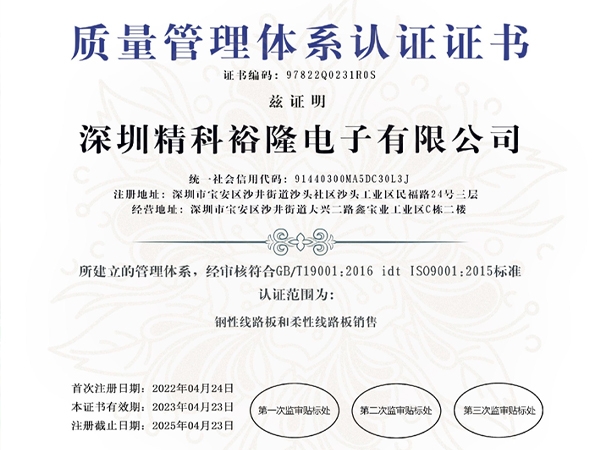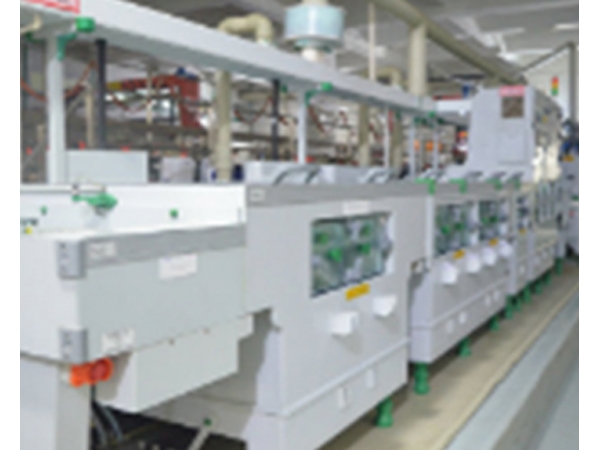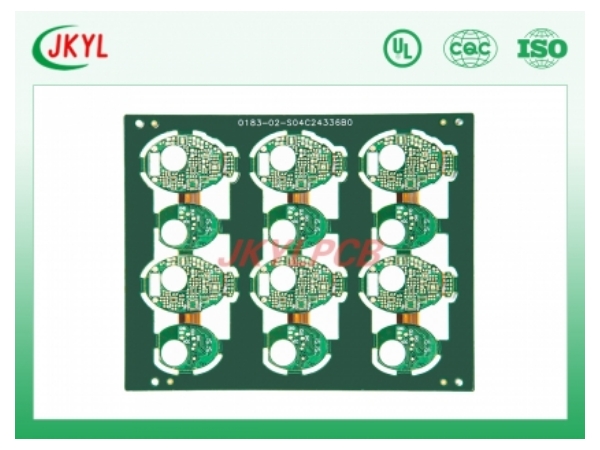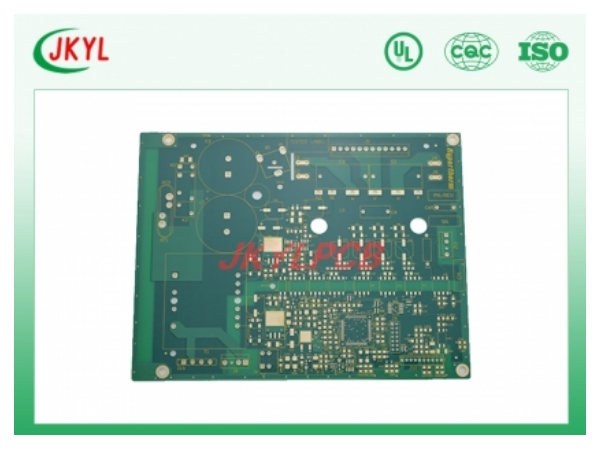Rigid PCB: Often used as a motherboard, it cannot be bent.
Hard board: PCB (printed circuit board); flexible board: FPC or FPCB (flexible printed circuit board); soft and hard board: RFPC or RFPCB. Adopt new terminal board. The hard board part has the same thickness and strength as the PCB circuit board, which can mount electronic components and withstand certain mechanical forces. The flex board part is usually used to achieve three-dimensional installation. The use of a flexible board allows the entire flexible-rigid board to be partially bent.
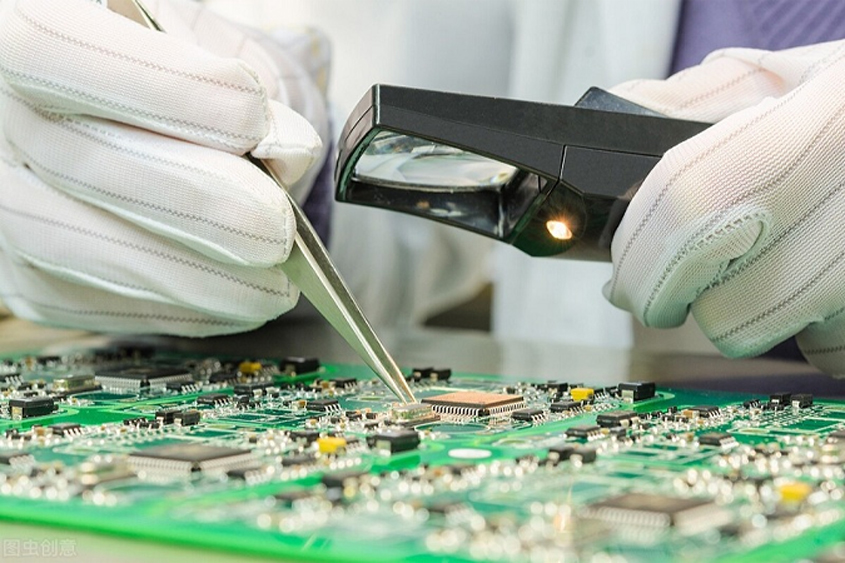
Flexible board: FPC, also known as flexible circuit board, can be bent.
Flexible printed circuit board (FPC), also known as flexible circuit board, flexible circuit board, is favored for its light weight, thin thickness, free bending and folding. Relying on manual visual inspection has high cost and low efficiency. With the rapid development of the electronics industry, circuit board designs have become more precise and denser. FPC proofing, that is, before the mass production of FPC flexible circuit boards, in order to confirm whether the circuit design and product production plan are feasible, the sample production is commissioned by the manufacturer, and the number of production is generally small. The traditional manual detection method can no longer meet the production needs, and the automatic detection of FPC defects has become an inevitable trend of industrial development.




